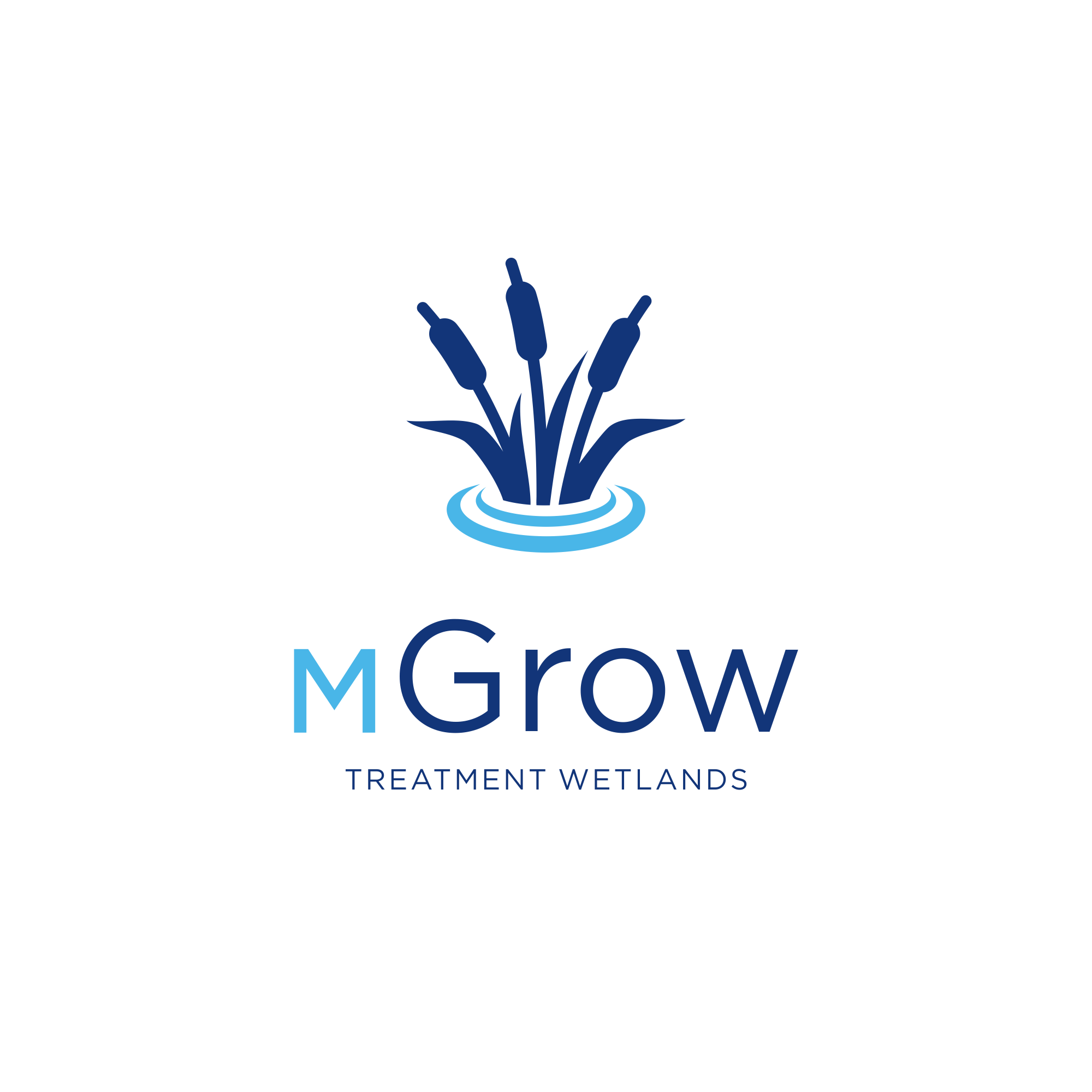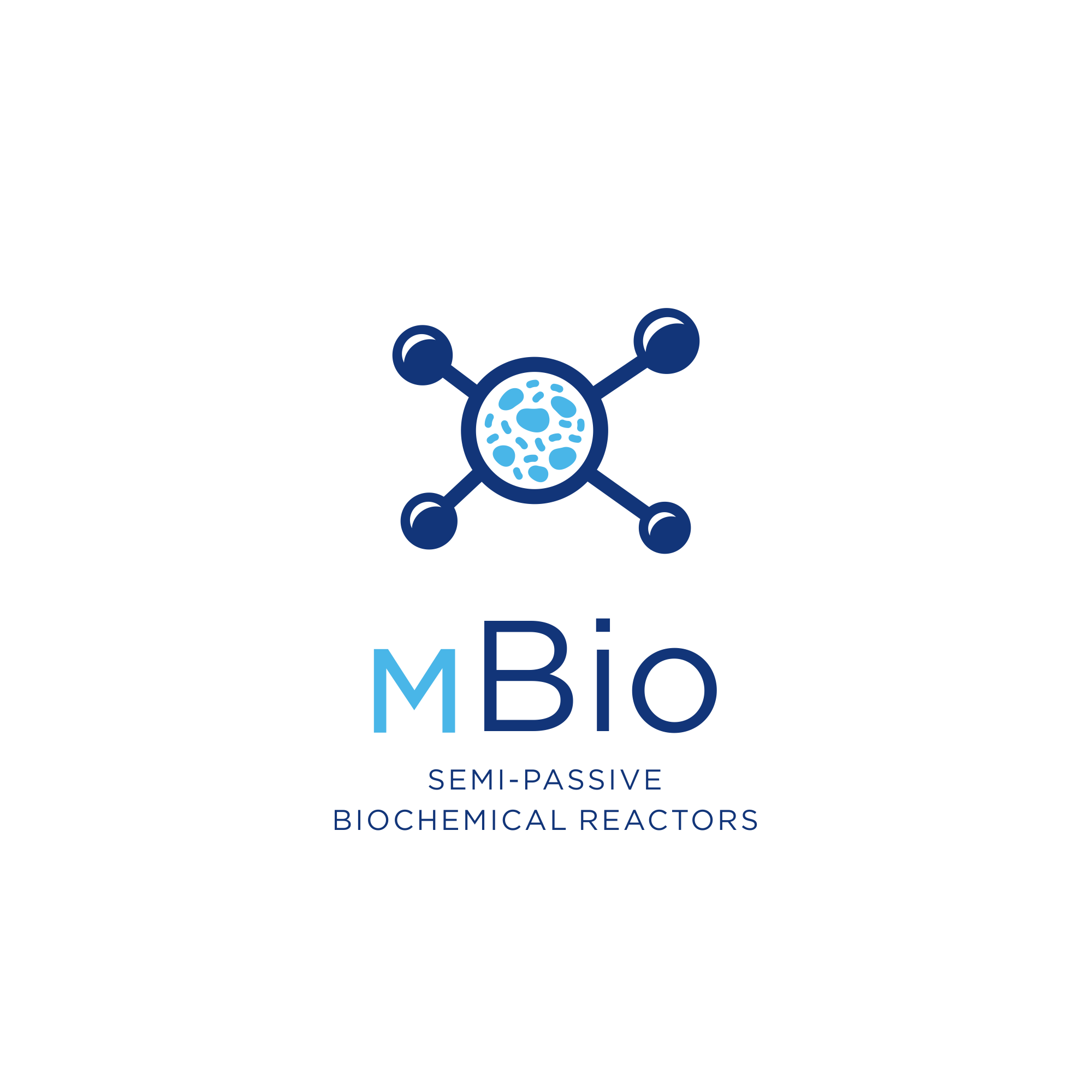We are consultants first and foremost, and advise on a wide range of topics, technologies, and applications related to water management and treatment. We promote solutions rather than specific technologies.
Through years of experience and development, our Mavens have combined modern biogeochemical expertise with decades of science and engineering. The resulting modern day technologies are standardized base designs for constructed wetland treatment systems (CWTS), biochemical reactors (BCRs, such as gravel bed bioreactors GBBRs), and in situ treatment (pit lakes, mine pools, saturated rock fills, and tailings ponds). This modern approach merges predictability and robustness with faster time to implementation.
Our standardized base designs were developed with a deep understanding that site-specific customization and optimization is a core need. Standardization also enables robust predictive modelling and simulation to reduce risks in implementing full-scale designs, and to develop adaptive management and monitoring strategies that are appropriate to the site. Modifiable aspects of the base designs are clearly identified, along with potential implications to system function. These can then be tested or optimized through our treatability testing centre or on-site pilot-scale mFlex units. Designs, specifications, commissioning guides and expected operational performance are available for the standard designs and modifiable for customized systems.
For unique cases, we continue to design and develop customized solutions, which is how we gained our experience to develop the mTech suite of treatment technologies described below.
Using natural processes and reagents, we bring sustainability to mining, oilsands, and oil and gas operations. Our modern technologies can treat impacted water with robustness and predictability expected from older technologies that use chemicals and electricity. We can also integrate with these older traditional approaches seamlessly.
Take things to the next level and apply our proactive source control technologies to prevent the creation of contamination in the first place - Sign up below for email notifications on this upcoming service offering!
What can be treated by biological processes?
Visit our educational section here for more information and a copy of our “periodic table of biogeochemical water treatment”
Technologies
Treatment wetlands (also known as constructed wetland treatment systems; CWTSs) can be thought of as similar to bioreactors (BCRs), but use vegetation to provide microbial food sources and influence hydrology (water flow path) to bring a greater level of ‘passive’ operation and management. mGrow treatment wetlands were developed with the mining and oil and gas sectors specifically in mind. Aerobic (oxidizing) and Anaerobic (reducing) design specifications are available and ready for site-specific customization and optimization.
Bioreactors exist on a large spectrum, from highly active through nearly passive. Maven has focussed our technology development on semi-passive biochemical reactors (BCRs) to treat constituents often present in the mining and oil and gas sectors. Maven’s mBio technology is based on traditional gravel-bed bioreactor (GBBR) designs and flows, paired with modern day knowledge and application of biogeochemistry and carbon source selections. The mBio systems can also be customized with automation and remote monitoring enabling a responsive and manageable semi-passive treatment system.
The scientific term in situ means “in the original place”, and this is exactly how our mSource technology works. Based on detailed biogeochemical modelling and calculations, the mSource technology enables natural reagents (carbon sources, nutrients, etc), to be added ‘in place’ for water treatment in pit lakes, flooded underground mine pools, saturated rock fills (SRFs), and tailings ponds. Treating the water as close to the source as possible has multiple benefits, including the potential in some cases to prevent further future contamination. Sign up below for email notifications on the upcoming service offering of contamination prevention!





